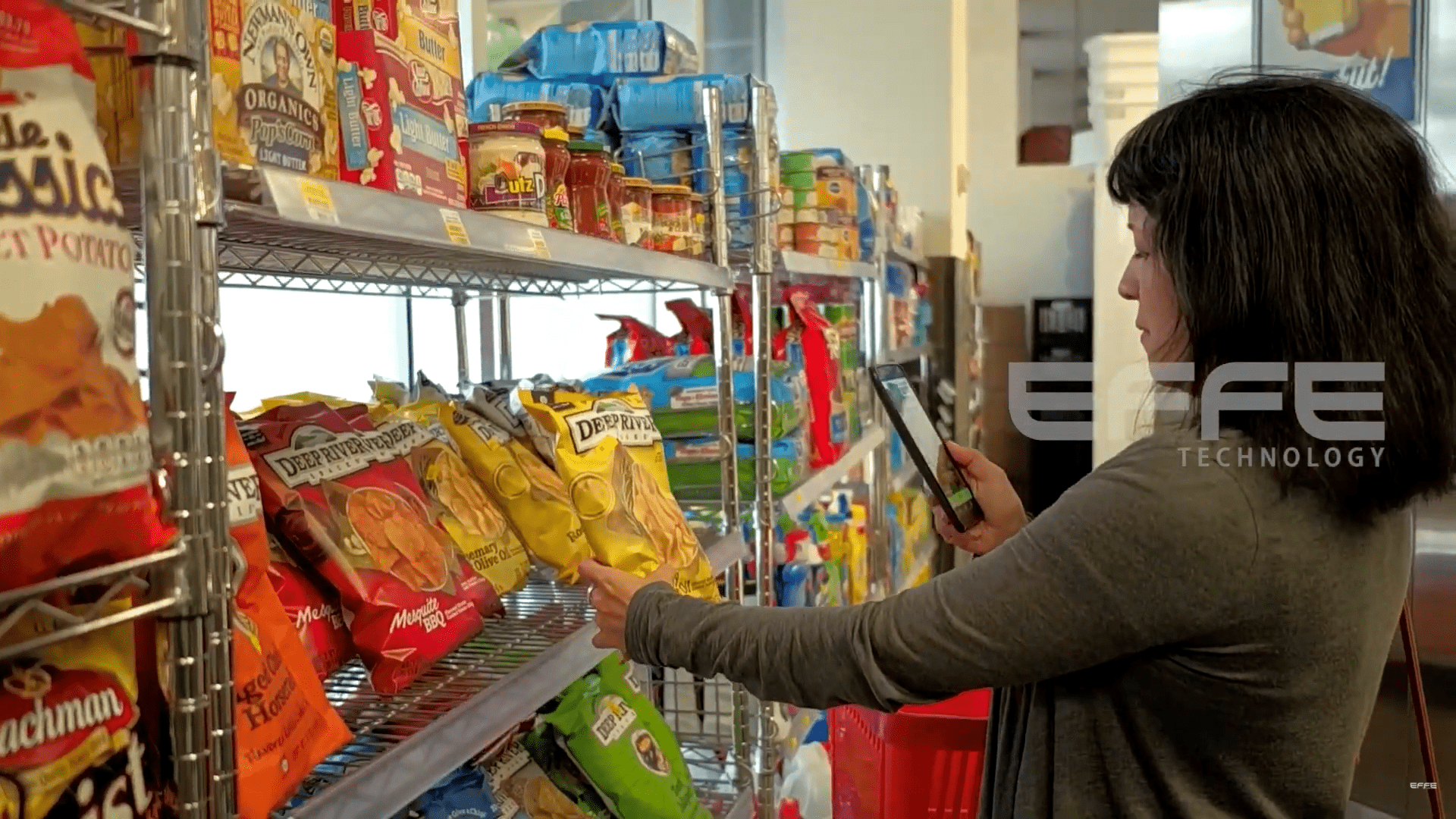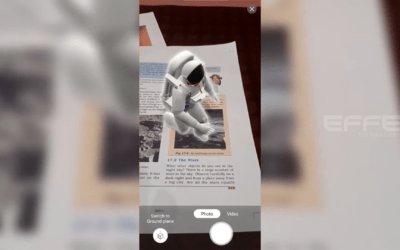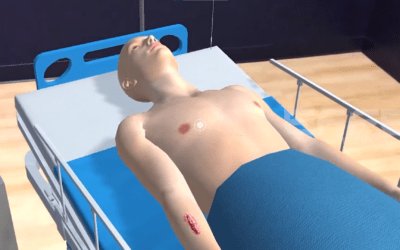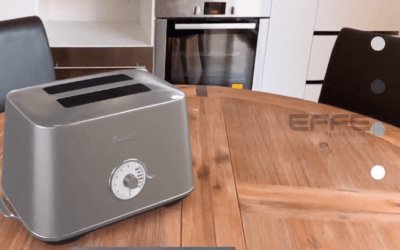Project Brief:
In the fast-moving retail goods sector, engaging consumers and enhancing their interaction with products are pivotal for brand differentiation and customer loyalty. Traditional marketing methods often fall short in providing immersive experiences that captivate modern consumers. To address this challenge, our client sought to integrate AR solutions for retail goods into their food menus and product catalogs. The objective was to create interactive, engaging, and informative experiences that would elevate customer engagement, streamline the purchasing process, and ultimately drive sales.
Client Requirement:
The client, a leading retail goods company, identified several key requirements for the project:
- Interactive Food Menus: Develop an AR food menu application that allows customers to visualize dishes in 3D, view detailed ingredient information, and access nutritional facts, thereby enhancing their dining experience.
- Augmented Product Catalogue: Create an AR product catalogue enabling customers to interact with products virtually, explore features, and receive personalized recommendations, facilitating informed purchasing decisions.
- Web-Based AR Application: Implement a Web AR application accessible via standard web browsers without the need for additional downloads, ensuring a seamless user experience across various devices.
- Integration with Existing Systems: Ensure that the AR solutions integrate smoothly with the client’s current digital infrastructure, including e-commerce platforms and customer relationship management (CRM) systems, to provide a cohesive experience.
Project Planning, Strategy, and Process:
To meet the client’s requirements, we adopted a comprehensive approach encompassing the following phases:
- Needs Assessment and Research: Conducted in-depth consultations with the client’s marketing and IT teams to understand specific challenges and objectives. Analyzed consumer behavior and preferences to tailor the AR solutions for retail goods effectively.
- Design and Development: Leveraged insights from the assessment phase to design customized AR applications. For the food menu, we developed 3D models of dishes, incorporating detailed ingredient and nutritional information. The product catalogue featured interactive 3D representations of products, with functionalities for personalized recommendations.
- Web AR Implementation: Utilized Web AR technologies to develop applications accessible through standard web browsers, eliminating the need for users to download additional software. This approach ensured broad accessibility and user convenience.
- Integration: Collaborated with the client’s IT department to integrate the AR solutions for retail goods with existing systems, including e-commerce platforms and CRM systems. Ensured data synchronization and compatibility to provide a seamless user experience.
- Testing and Validation: Implemented pilot programs to test the AR applications in real-world scenarios. Collected feedback from users to refine the solutions and address any technical challenges.
- Training and Deployment: Developed comprehensive training materials and conducted workshops to equip the client’s staff with the necessary skills to utilize and manage the AR applications effectively. Rolled out the solutions across various channels, including websites and physical stores.
- Continuous Support and Improvement: Established a support framework to assist users and gather ongoing feedback. Regular updates and improvements were made to the AR solutions for retail goods based on user experiences and technological advancements.

Deliverables and Client Benefits:
Deliverables:
- AR Food Menu Application: Delivered an interactive AR food menu application featuring 3D visualizations of dishes, detailed ingredient lists, and nutritional information
- AR Product Catalogue: Developed an augmented product catalogue with interactive 3D representations of products, personalized recommendation features, and detailed product information.
- Web AR Application: Implemented a web-based AR application accessible via standard web browsers, ensuring a seamless and user-friendly experience across various devices.
- Integration Documentation: Provided detailed documentation outlining the integration process and how the AR solutions for retail goods align with existing systems.
- Training Materials: Created comprehensive training materials and conducted workshops to ensure staff proficiency in using and managing the new AR tools.
- Support Framework: Established a support framework to assist users and facilitate continuous improvement of the AR solutions for retail goods
Client Benefits:
- Enhanced Customer Engagement: The interactive nature of the AR applications significantly increased customer engagement, providing immersive experiences that captivated users and encouraged exploration.
- Informed Decision-Making: Customers were able to make informed decisions by accessing detailed product information, visualizing products in 3D, and receiving personalized recommendations through the AR applications.
- Seamless User Experience: The web-based AR applications ensured a seamless user experience across various devices, eliminating barriers to access and enhancing customer satisfaction.
- Increased Sales and Brand Loyalty: The engaging and informative nature of the AR solution for retail goods led to increased sales and fostered brand loyalty, as customers appreciated the innovative and user-centric approach.
- Competitive Advantage: By integrating innovative AR technology into their marketing strategy, the client gained a competitive advantage in the retail goods sector, positioning themselves as an innovative and customer-focused brand. Visit Our Partner Site
Conclusion:
In conclusion, the integration of AR solutions for retail goods into food menus and product catalogs proved to be a transformative approach for the client. By leveraging advanced AR technologies, the client achieved significant improvements in customer engagement, informed decision-making, and overall sales performance. This case study underscores the potential of AR solutions for retail goods to revolutionize traditional marketing methods in the industry, paving the way for innovative and customer-centric operational practices.
MIXED REALITY SHOPPING EXPERIENCE | USING AR MAPPING TECHNOLOGY | AR Solutions for Retail Goods




